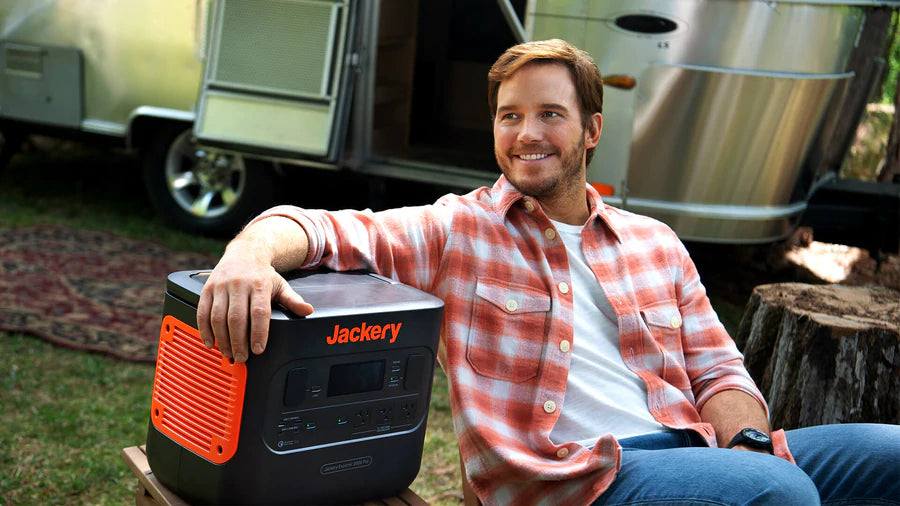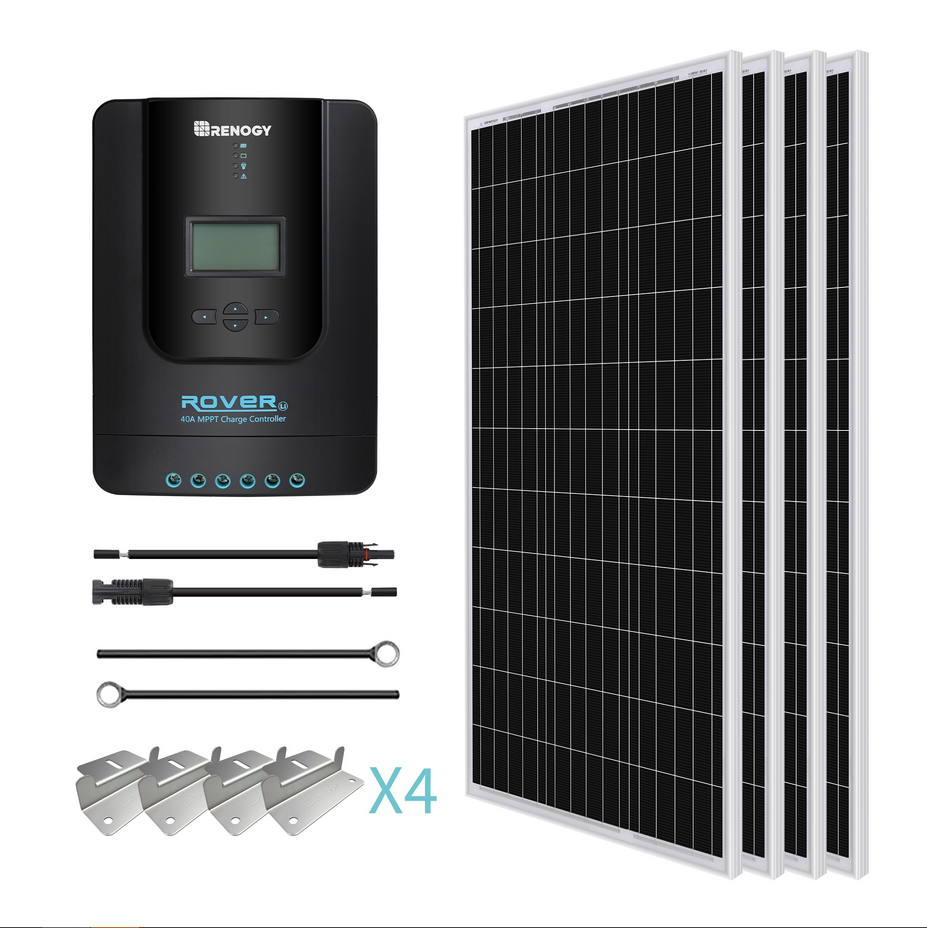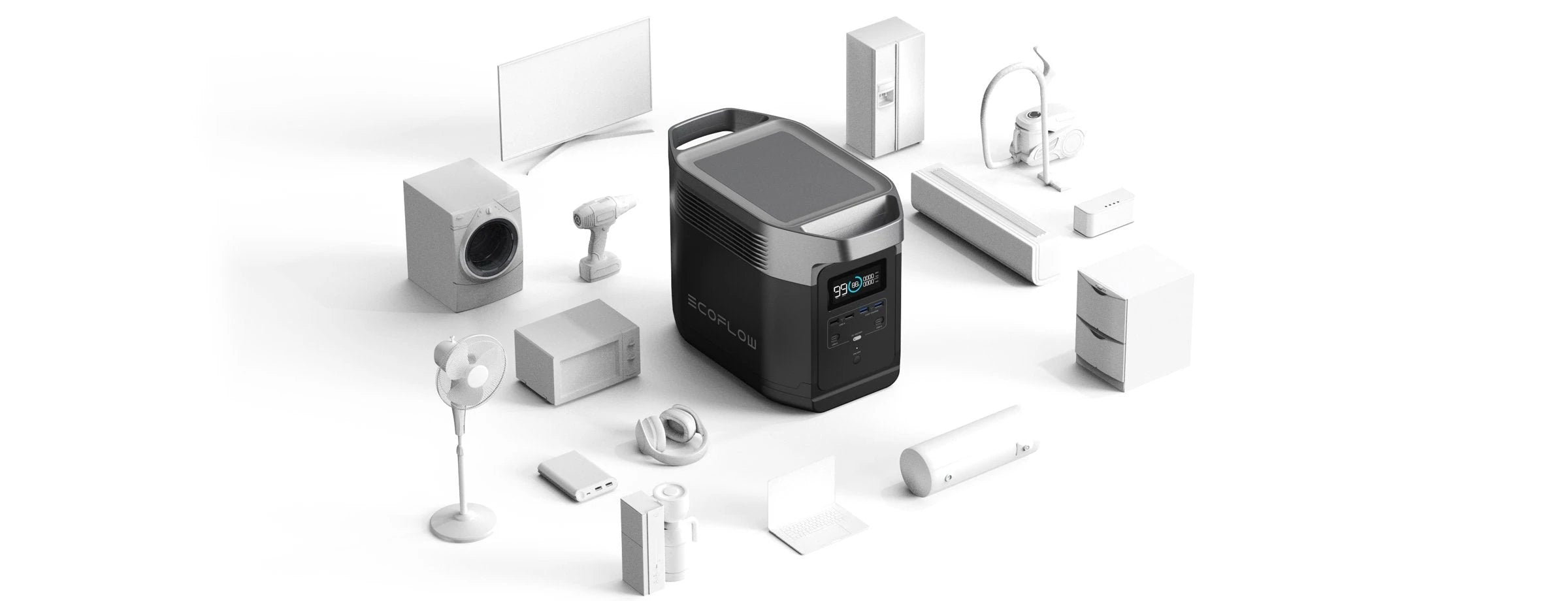Resources
This page is for those who want to learn more about going off grid and for product recommendations. We can't carry everything, but we can still help you find great brands and deals!
This area will always be growing, so check back once in a while for new deals or tips!
We may earn revenue if you purchase a product with these links, however we will only recommend product we think will be reliable and serve you well; we want you to come back after all.
(Please be aware some of these products are shipped from the US, but we will make a note if that's the case.)
Solar basics, click to learn more:

Learn about solar panels
This is the exciting part of off grid living, turning nature into power you can store for later! Here are some quick pointers:
- Panels come in different types, we focus on Monocrystalline panels as they are generally just better with longer lifespans and more power production for the same Wattage which is important with the fewer hours of sun available per day in Canada. Polycrystalline can offer savings where space is not an issue.
- Ratings:
- Power (Watts): The higher the Watts the more power is produced and the bigger the panels are
- Voltage: Different voltages are available, and your panels need to match the charging / inverting system and battery bank voltages
Learn about charging systems
These kits consist of Charge controllers, inverters and transfer switches
- Charge controllers
- Available in two types (We focus on MPPT)
- MPPT - most efficient - you can install +20% less solar panels and get the same power as PWM (essential with our fewer available daylight hours in Canada)
-
PWM - Effectively reduces your solar power output by more than 20%, so if your solar array is outputting 100W, your batteries will only see 80W (even less because panels generally can't produce what they are rated for this far North)
- Charge controllers are rated in two ways:
- The Input side (Solar Panels)
- Power in Watts
- More power = more stored energy in less time
- Voltage of the panels
- Higher voltage = more efficient and smaller (cheaper) cables
- The Output side (Battery bank)
- Battery bank voltage (12 / 24 / 48 Volt)
- Higher voltage = more efficient system and smaller (cheaper) cables
- Current to the batteries, ie 20/30/40/100 Amp
- Higher current = faster battery charging
- Inverters
- change battery voltage to house voltage (120 / 240 Volts) to run devices like laptops, TVs, coffee makers etc.
- 120 Volt inverters are more common for mobile projects
- 240 Volt inverters allow more residential style appliances to be run
- are rated in Watts or VAs (like Watts, but better at running motor loads like air conditioning, saws, etc)
- range from a few hundred watts (laptops, usb chargers) to thousands of watts (microwaves, coffee makers, heaters)
- Transfer switches
- allow backup power (from shore, generator or grid) to charge the batteries and run your devices directly
- are rated in Amps
- 30Amp would be a small trailer
- 50Amp + would be a bigger trailer
Learn about battery systems
These kits are the foundation of off grid systems. Store the power you generate for wherever and whenever you are ready for it.
Batteries:
- Available in 12 / 24 / 48 Volt
- 12V is great for small systems like trailers and vans
- 24V is better when using bigger inverters to power more 120V devices, also requires smaller / less expensive cabling
- 48V is best to run residential type appliances and requires even smaller / less expensive cabling
- Rated in Amp Hours (ah) or Watt Hours (Wh)
- Watt hours are a better measurement as it tells exactly what you can run on a fully charged battery but amp hours are more common
- a 100ah Lithium LifePO4 is typically about 1200Wh usable
- a 100ah Lead Acid is typically about 600Wh usable
- Connected in two ways:
- series for more voltage (4 x 12V 100ah = 48V 100ah)
- parallel for more storage (4 x 12V 100ah = 12V 400ah)
- Lithium batteries can be heated or not heated. If they are to be exposed to outdoor temperatures they should be heated as Lithium can be used at very cold temperatures but shouldn't be charged below about 2 deg Celsius. However because they don't emit hazardous gases they can be safely stored anywhere inside an RV or cabin
Recommended Products
-

Jackery - Portable Power
With over 9 years of experience in the field, Jackery is now a global energy leader, the number one producer of portable power, and one of the world’s biggest manufacturers of outdoor solar utilities. In redefining the use of clean energy for outdoor living, we’re a major front in the fight against climate change.
-

Renogy - All Things Solar
Renogy is a global supplier of solar equipment, lithium batteries and accessories. We use their product and really enjoy the simple ecosystem, free shipping, and no tax products. They always deliver quickly and have very competitive prices.
Renogy Canada 10% off your entire first purchase
-

Bluetti - Portable Power
If you are looking for a dead simple portable power solution, Bluetti has some great products. They specialize in back up power that you can carry around, keep at home in case of power outages, or bring camping to power all your devices. They can even do split phase 240V if you get into some of their bigger stuff. Check them out here:
Bluetti CanadaSave up to $200 on an AC200P - 2000Wh (200ah) 2000W pure sine inverter generator
-

EcoFlow - Portable Power / Backup
EcoFlow, like Bluetti, focuses on portable power generation. Think of replacing a loud gas powered generator with something clean, quiet, and -especially if you charge with solar- very green!
-

Ampere Time - Lithium Batteries
Another beloved brand in the DIY community. Offering great value and solid batteries of all sizes. They also have heated batteries for when you can't store them in a controlled space. From 12V 50ah up to 48V 100ah, there are lots of options.






